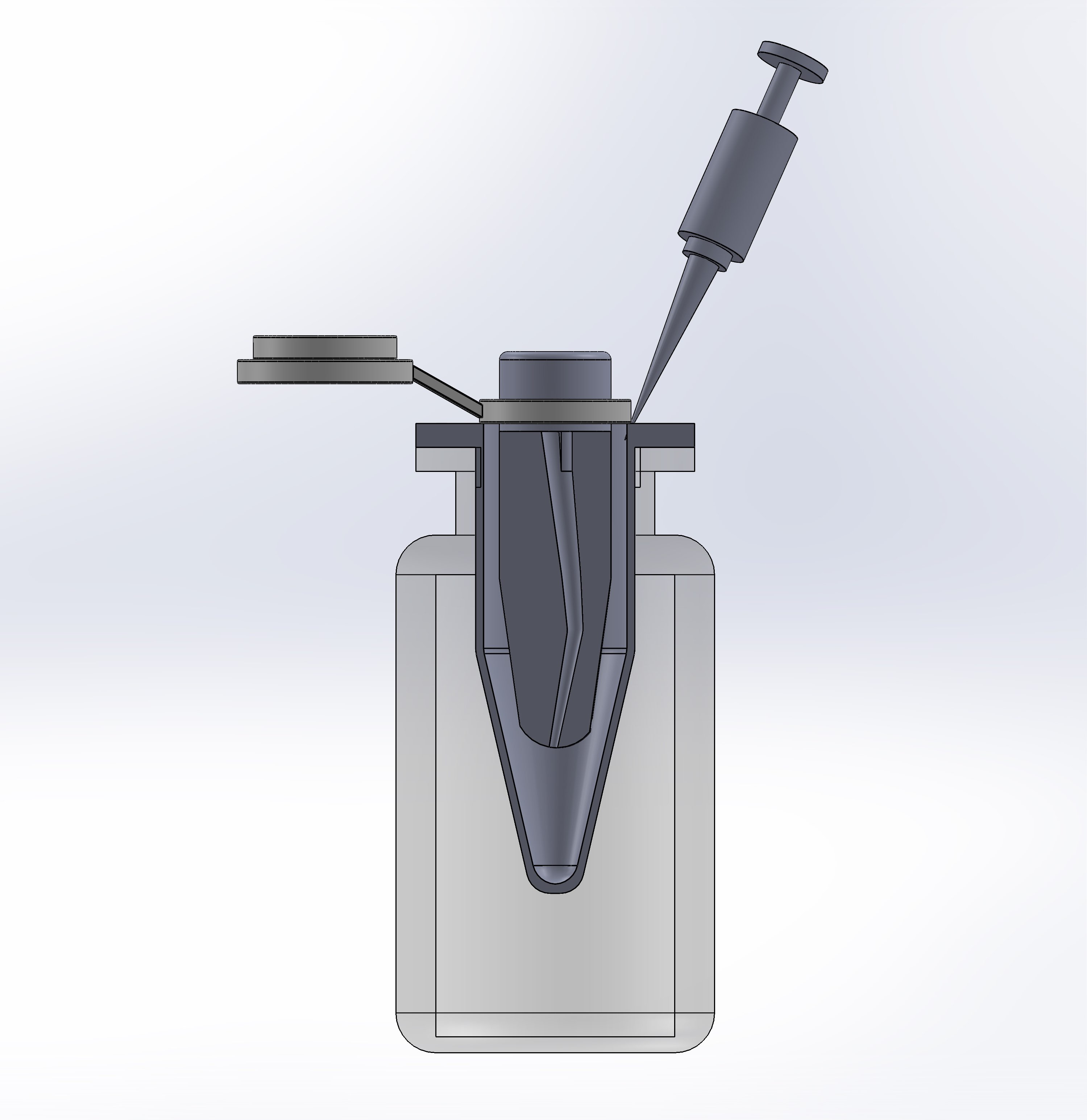Efficacy of laser-activated irrigation with the SWEEPS modality in removing calcium hydroxide from simulated internal resorption cavities
Abstract
Aim: To compare the efficacy of shockwave-enhanced emission photoacoustic streaming (SWEEPS), sonic activation with EDDY, and passive ultrasonic irrigation (PUI) in the removal of calcium hydroxide medicaments from artificial internal resorption cavities.
Methodology: Ninety mandibular premolars with single oval canals were prepared to size 50/0.04 and split longitudinally. Standardized cavities were prepared in the apical third of the root canal and filled with calcium hydroxide. The root halves were reassembled and divided into three groups (n = 30) according to the removal methods used. The amount of residual calcium hydroxide was evaluated using a four-grade scoring system. The differences between the groups were analyzed using the Kruskal–Wallis H test (p < 0.05).
Results: SWEEPS removed significantly more calcium hydroxide than PUI (p < 0.003) and EDDY (p < 0.035). There was no significant difference between the EDDY and PUI groups (p = 1.000).
Conclusion: None of the systems tested were able to completely remove the calcium hydroxide paste from the simulated internal resorption cavities; however, SWEEPS removed more calcium hydroxide than the EDDY and PUI techniques.
How to cite this article:
Erkan E, Aydın RN, Falakaloğlu S, Yeniçeri Özata M, Gündoğar M. Efficacy of laser-activated irrigation with the SWEEPS modality in removing calcium hydroxide from simulated internal resorption cavities. Int Dent Res 2023;13(2):48-53. https://doi.org/10.5577/idr.2023.vol13.no2.1
Linguistic Revision: The English in this manuscript has been checked by at least two professional editors, both native speakers of English.
Full text article
Authors
Copyright © 2023 International Dental Research

This work is licensed under a Creative Commons Attribution-NonCommercial-NoDerivatives 4.0 International License.
This is an Open Access article distributed under the terms of the Creative Commons Attribution 4.0 International License (CC BY 4.0), which permits unrestricted use, distribution, and reproduction in any medium, provided the original work is properly cited.


